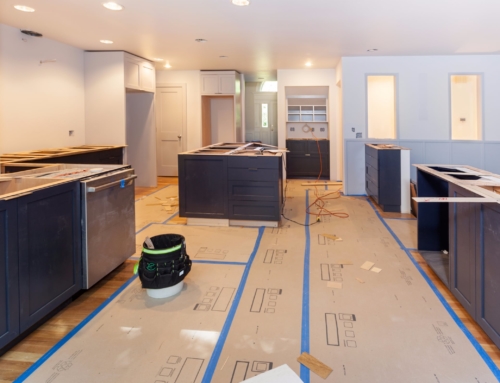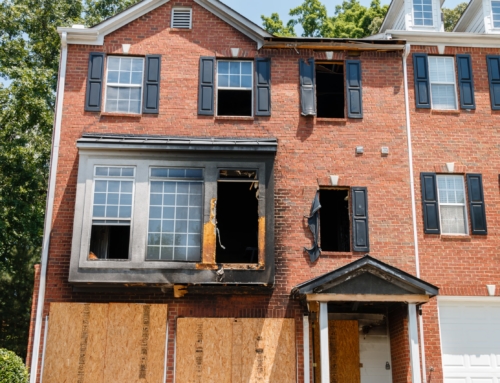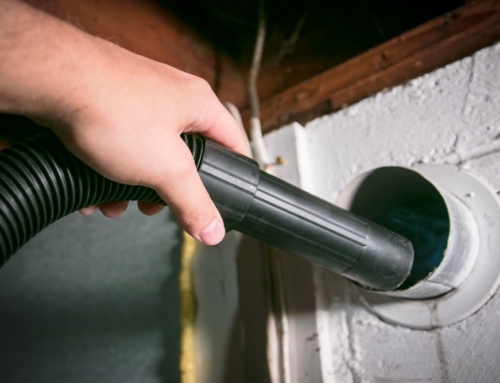One of the realities first-time home buyers discover soon after closing is that all homes need maintenance and upkeep – even brand new homes.
Salting away enough cash to pay for these expenses is often a second or third thought, financial advisors say. For most homeowners, home maintenance and upkeep typically falls under the “emergency expense” category.
But in fact, so much regular maintenance and upkeep is needed for single family homes that you may want to start a separate savings account specifically for house-related projects.
How much should you plan for? Part of the answer depends on how old your home is, how big it is, and how much deferred or ongoing maintenance it needs.
For example, a 100-year-old home will need much more extensive and ongoing maintenance than a 15- or 20-year-old home. If your home is highly detailed, with expensive crown moldings and inlaid floors, it will be more expensive to take care of as well. Replacing the roof on a 1,200 square foot ranch will likely be less expensive than replacing a roof on a 3,600 square foot home.
But keeping a 20-year-old home in shape can be quite costly, as items like appliances and faucets start to wear out. And if the previous owner simply patched over problems rather than do a more extensive repair, the next fix might be much more costly.
Annual Maintenance Costs
To keep your home in top condition, there are certain tasks you’ll need to do every year. For example, most single family homes should have their gutters cleaned out once a year, typically after the leaves have fallen. But if you live in a heavily wooded area, or have trees that shed leaves or flowers in the spring, have your gutters cleaned twice annually.
The cost ranges from $50 on up, depending on the size of your home. If you don’t keep your gutters clean, they won’t do their job of diverting water to the storm sewer or away from your home. If you have a home without gutters, water will run down the side of your home, and potentially leak into the basement.
Another important job is to walk around the base of your home, inspecting for cracks, failed caulk around the window joints, and the condition of your exterior siding. Failing to tuckpoint your brick exterior means your home could wind up with water damage. If you have synthetic stucco siding, you should hire a professional inspector who specializes in EIFS to look for damage. If you don’t keep your exterior wood clapboards painted, they could rot, requiring an expensive fix. An asphalt driveway may need to be sealed once a year.
On the interior of your home, plan to have your furnace cleaned at least once every year to keep it running as efficiently as possible. If your home has problems with tree roots getting into the sewer lines, have the line rodded out every year to avoid having sewage backing up into your basement or crawl space.
As Needed Expenses
From time to time, things will break, get out of place, or wear out in your home. These “as needed” expenses are the ones you must budget for, even though you don’t know what will happen.
For example, if you lose a few roof shingles in a storm, you should have a roofer replace them as quickly as possible. Every 3 to 6 years, you may need the exterior of your home repainted. Every 15 years, brick exteriors will need to be tuckpointed. Every 10 to 15 years, you may need to reshingle your roof. Faucets, furnaces, and hot water heaters all have a limited life span, as do air conditioning condensers.
Some of these costs will be small, others large. But if you don’t take care of problems when they occur, you run the risk that small, inexpensive fixes can turn into much larger repairs or renovation.
Alice and Michael own an expensive co-op in Manhattan. For the past 20 years, they’ve owned a weekend home in a rural county, about a two hour drive from New York City.
They spent regular weekends there up until the last year. With growing children requiring more in-town weekends, the house has been empty most of the year. A drip in the ceiling eighteen months ago, left unattended, has turned one entire wall of the home into mush. The repair will cost in excess of $50,000 to fix. If it had been taken care of immediately, the repair bill would have been just a fraction of the cost.
When doing the budget for your new home, don’t forget maintenance and upkeep. You don’t want to be left scrambling when the repair bills come due.
April 30, 2001.






Leave A Comment